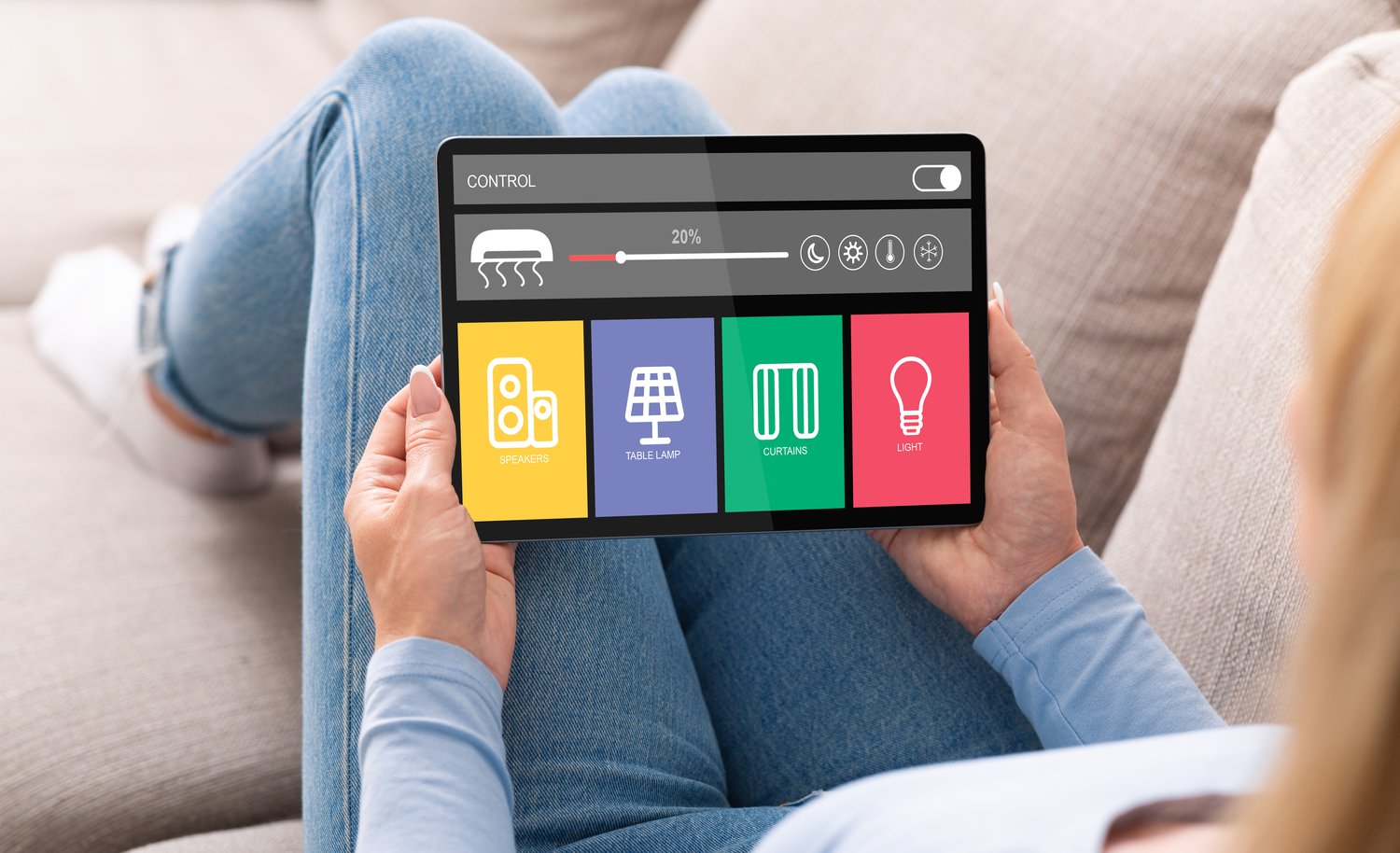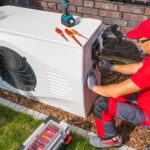Imagine your smart home working seamlessly, every gadget communicating perfectly across your intelligent ecosystem. But what happens when connection issues disrupt this harmony? In the age of connected living, understanding and solving smart home hub problems become crucial.
- Learn to identify the culprits behind frequent disconnections and lagging device responses.
- Discover practical solutions to optimize your network settings and update firmware for uninterrupted smart home experiences.
- Gain insights into effectively diagnosing device incompatibilities and maintaining seamless connectivity.
Join us as we delve into the intricate dance of smart devices and hubs, exploring troubleshooting techniques that help you maintain control and efficiency in your home’s technological hub. Share your own experiences and solutions, enriching the community’s knowledge and enhancing everyone’s smart living journey.
Understanding Smart Home Hub Connection Issues: Troubleshooting Multi-Device Integration Problems
Smart home systems are a marvel of modern technology, offering unparalleled convenience for managing devices around your house. However, smart home hub connection issues can arise, disrupting your seamless experience. Most often, these issues originate from network interference, outdated software, or device incompatibility.
Network interference is a critical factor, especially in areas with numerous Wi-Fi signals overlapping and causing congestion. Outdated software is another common culprit, as manufacturers regularly update device firmware to enhance network connectivity and resolve bugs. Furthermore, device incompatibility can occur when newer devices do not collaborate well with older systems or when different manufacturers’ products don’t integrate as smoothly.
The key to overcoming these smart home hub connection hurdles is to understand the root cause of the problem. By diagnosing these issues effectively, you can implement targeted solutions that ensure the continued efficiency and reliability of your home’s smart network.
Common Causes and Symptoms of Smart Home Hub Problems
Identifying the underlying causes of smart home hub connection issues is essential for any effective troubleshooting effort. Here are some prevalent causes:
- Wi-Fi Congestion: In densely populated areas, too many Wi-Fi signals can lead to congested networks, causing interruptions in connectivity.
- Firmware Bugs: Outdated or buggy firmware can impact device performance, leading to unpredictable behavior and connection breakdowns.
- Device Configuration Errors: Incorrect device configurations can result in synchronization problems and delayed responses.
These issues manifest as various symptoms, which you may notice in your day-to-day use of smart devices. Common symptoms include frequent disconnections, delayed responses from devices, or even complete failures to execute commands.
Recognizing these signs early on can help you troubleshoot more effectively, maintaining the smooth operation of your smart home ecosystem. Regularly monitoring and addressing these symptoms are vital steps in ensuring your smart home stays connected and efficient.
Smart Home Hub Connection Issues: Troubleshooting Multi-Device Integration Problems through Effective Solutions
Experiencing connection problems in your smart home hub can be frustrating, but understanding how to effectively address these issues is key to maintaining a well-functioning system. By implementing practical solutions, you can tackle common integration challenges and enjoy a seamless smart home experience.
Updating Firmware: Regularly updating the firmware on your smart home devices is crucial. Manufacturers often release updates to fix bugs, enhance performance, and improve compatibility with other devices. Check your smart home hub and connected devices for any available updates and apply them as needed.
Optimizing Network Settings: Network interference can significantly impact the performance of your smart home hub. To optimize network connectivity, ensure your hub is positioned centrally in your home and as far from walls and metal objects as possible. Additionally, consider changing the Wi-Fi channel to minimize interference from neighboring networks.
Ensuring Device Compatibility: Smart home devices often vary in their compatibility with different hubs and protocols. Before purchasing new devices, verify their compatibility with your existing hub. If you experience ongoing connection issues, consult the manufacturer’s compatibility lists to ensure seamless integration.
Follow this step-by-step troubleshooting guide to restore smooth operations in your smart home network:
- Start by rebooting your smart home hub and router to refresh connections.
- Conduct a network scan to identify any devices causing congestion and adjust settings accordingly.
- Reset problematic devices and re-pair them with your hub to resolve persistent connection issues.
- Check for software updates and install them on all integrated devices.
- Consult online forums or communities for advice specific to your smart home ecosystem and potential solutions others have found effective.
By implementing these solutions, you can overcome integration problems, ensuring a reliable and efficient smart home network. Regular maintenance and staying informed about updates and compatibility will help minimize disruptions and enhance your overall smart home experience. If you have resolved similar issues, your unique insights could offer valuable guidance to others navigating smart home challenges.
Frequently Asked Questions on Smart Home Hub Connectivity
Why does my smart home hub keep disconnecting?
Frequent disconnections may result from Wi-Fi interference or network congestion. Ensure your hub is close to your router and consider reducing the number of connected devices.
How do I update the firmware on my smart home hub?
Access the hub’s management app or website, navigate to the settings section, and look for an update option to install the latest firmware.
What should I do if a device is not compatible with my hub?
Check the device’s manufacturer guidelines for compatibility lists or update both the device and hub firmware. Consider using a hub that supports a wider range of protocols.
Can network settings affect my hub’s performance?
Yes, incorrect network settings can impact performance. Optimize settings by using a dedicated network channel or setting up a 2.4 GHz connection for increased stability.
How can I improve connectivity among multiple smart devices?
Ensure all devices have strong Wi-Fi signals. Use extenders or re-position devices and hubs to minimize interference and ensure signal strength.





